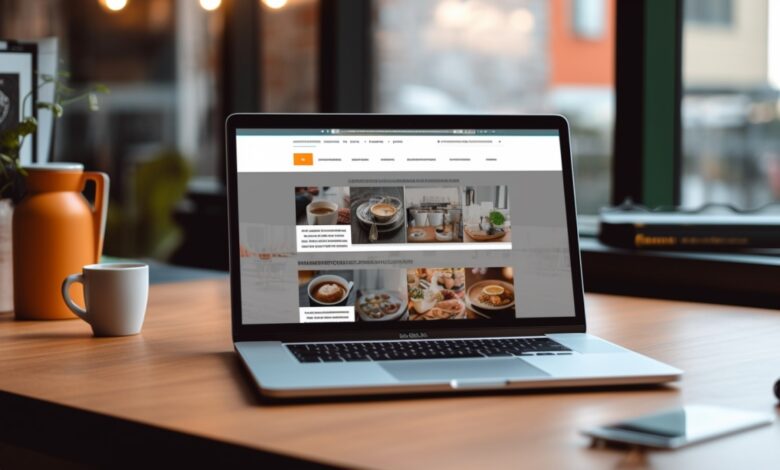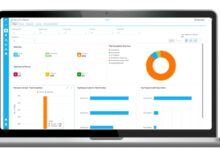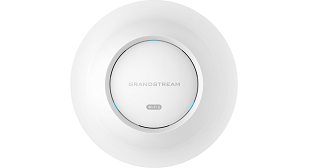The Importance of User-Centered Design for Your Website

In 2024, having a well-designed website is crucial for any business. However, a visually appealing website isn’t enough. To truly succeed, your website must be user-centered, meaning it’s designed with the needs, preferences, and behaviors of your users in mind. User-centered design (UCD) enhances user satisfaction, increases engagement, and ultimately drives business success. Here’s a comprehensive look at the importance of user-centered design for your website.
Understanding User-Centered Design
User-centered design is a design philosophy that places the user at the core of the design process. It involves understanding your users’ needs, behaviors, and pain points and designing solutions that address these aspects. The process typically includes user research, prototyping, usability testing, and iterative design.
Key Benefits of User-Centered Design
Enhanced User Satisfaction
When users visit your website, they expect to find what they’re looking for quickly and easily. A user-centered design ensures that your website is intuitive and easy to navigate, leading to a more satisfying user experience. Happy users are more likely to stay on your site longer, return in the future, and recommend your site to others.
Increased Engagement and Conversion Rates
A website designed with the user in mind naturally encourages engagement. Clear calls-to-action, logical navigation, and relevant content all contribute to keeping users engaged. This engagement often translates into higher conversion rates, whether that means more sign-ups, sales, or inquiries. When users can effortlessly find what they need, they are more likely to take the desired action.
Reduced Development Costs and Time
Investing in user-centered design can save you time and money in the long run. By involving users in the design process from the start, you can identify and fix usability issues early on, reducing the need for costly redesigns and fixes post-launch. An iterative design process that incorporates user feedback ensures that the final product meets user needs effectively.
Improved Accessibility
A user-centered approach also considers the diverse needs of all users, including those with disabilities. Designing for accessibility not only broadens your audience but also demonstrates your commitment to inclusivity. Accessible design often overlaps with good UX practices, making your site more user-friendly for everyone.
Competitive Advantage
In today’s competitive market, a user-centered website can set you apart from the competition. A website that offers a superior user experience can attract and retain more customers, giving you an edge over competitors who neglect UX. By prioritizing your users, you build trust and loyalty, essential components for long-term success.
Steps to Implement User-Centered Design
Conduct User Research
Understanding your users is the first step in user-centered design. Conduct surveys, interviews, and usability tests to gather insights into their needs, preferences, and behaviors. Create user personas to represent different segments of your audience, helping you tailor your design to meet their specific needs.
Define Clear Objectives
Identify the primary goals of your website and how they align with user needs. Whether it’s making a purchase, signing up for a newsletter, or finding information, your objectives should guide the design process. Ensure that each element of your website supports these objectives.
Create Prototypes and Wireframes
Develop prototypes and wireframes to visualize the structure and layout of your website. These tools allow you to test different design concepts and gather user feedback before investing in full-scale development. Iterative testing and refinement ensure that your design aligns with user expectations.
Conduct Usability Testing
Usability testing is a critical component of user-centered design. Test your prototypes with real users to identify pain points and areas for improvement. Use the insights gained to make informed design decisions and refine your website.
Implement and Iterate
Once your website is live, continue to gather user feedback and analyze user behavior. Use tools like Google Analytics and heatmaps to understand how users interact with your site. Regularly update and iterate on your design based on this data to continuously improve the user experience.
Conclusion
Incorporating user-centered design into your website is no longer optional; it’s a necessity. A user-centered website not only enhances user satisfaction and engagement but also drives business success by meeting the needs of your audience effectively. By prioritizing your users throughout the design process, you create a website that is intuitive, accessible, and aligned with your business goals. Embrace user-centered design and watch your website become a powerful tool for growth and success. To learn more about the importance of good user experience and user centered design, check out this blog post: Why is Good UX So Important.
Keep an eye for more news & updates on TechProMagazine!





